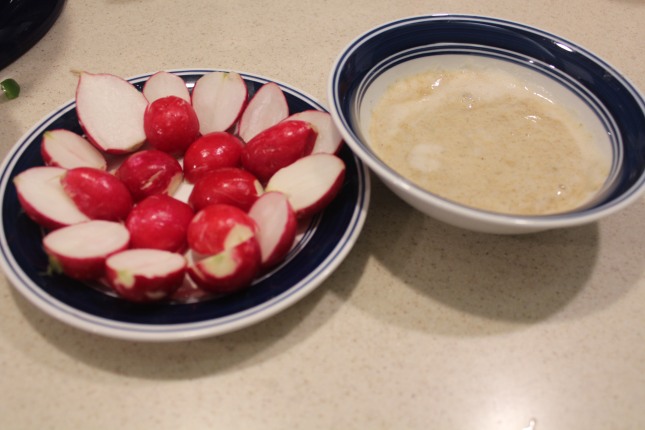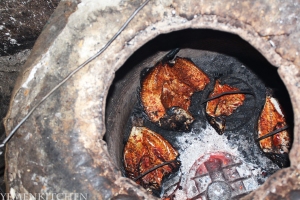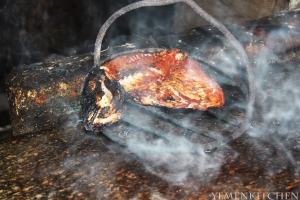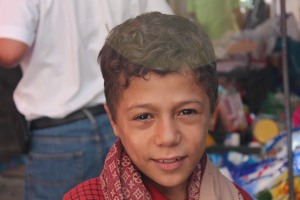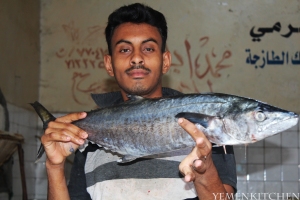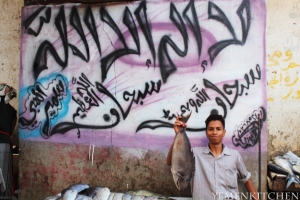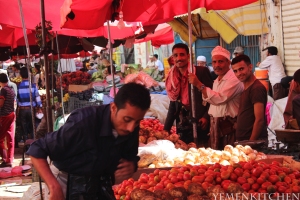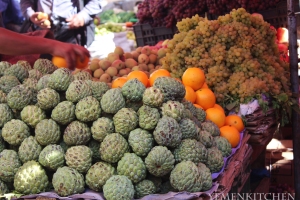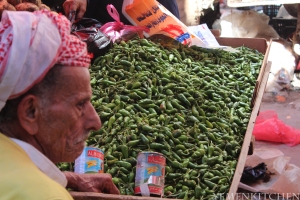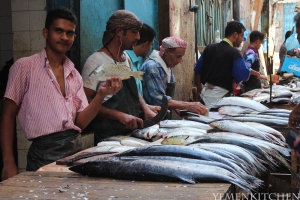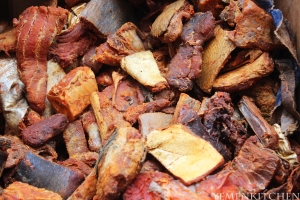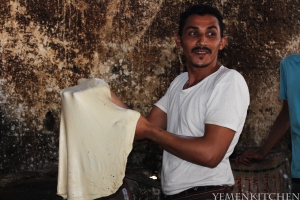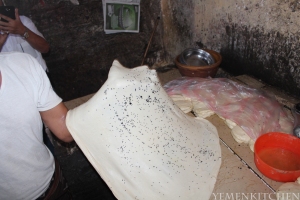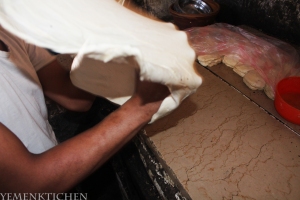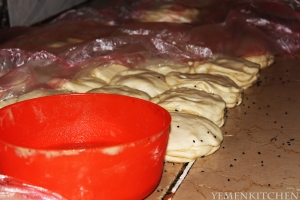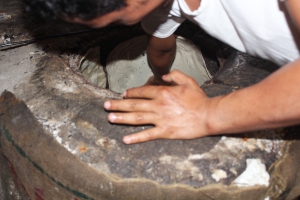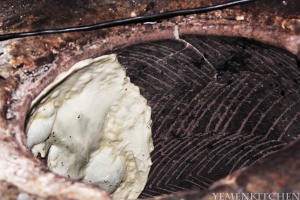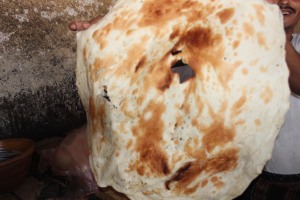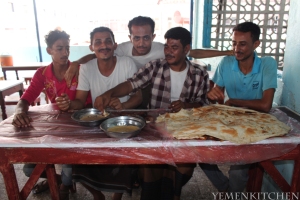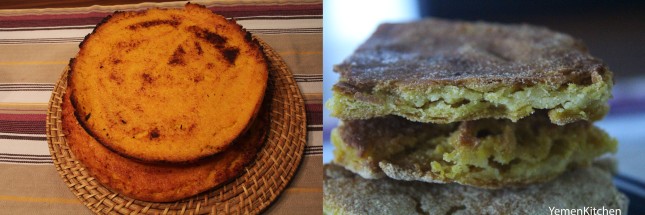
If you happen to travel by car from Sanaa to Taiz, Ibb will be the highlight of your trip. Once you survive the motion sickness from roads of Somarah ســــ’مارة, and Nakeel Thee-Yaslih نقيل ذي يسلح Mountains the scenery starts to open up into wide lush, green valleys. All organized into combed terrains .This is the green belt of Yemen, the place that historically used to feed people of the Arabian Peninsula.
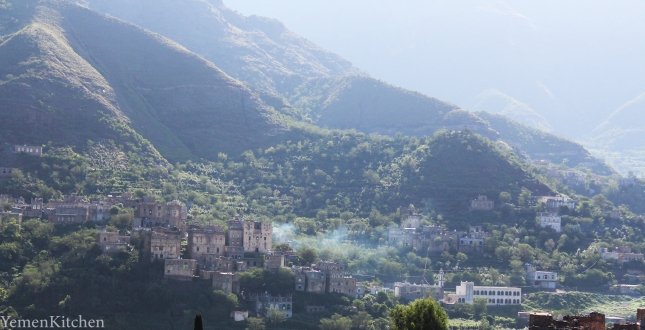
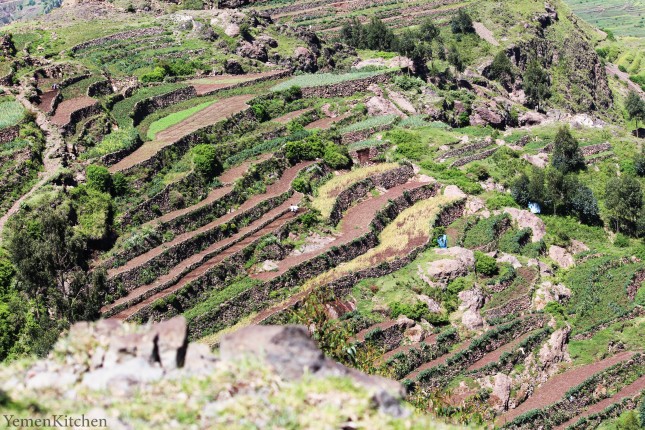
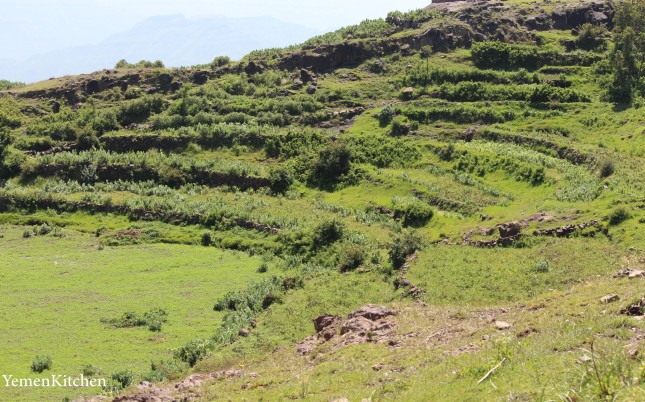
Ibb has the second most amount of rain per year after Salalah, Oman. Which makes it number one in Yemen. Most people of Ibb work on agriculture. Crops like Corn, vegetables, and fruits grow fantastically here. People say wonders about the rich soil of Ibb, and it’s cool, sunny weather. Each time I visit Ibb, I get out with a different understanding of it as a place. Ibb is famous for its green valleys, and lush mountains, but since the seventies, it became a big exporter for Yemeni immigrants to the U.S and neighboring countries. Whole villages had migrated and only old women and men were left behind. When I passed by the city this summer I was surprised by its urban growth that changed the town. Eclectic architectural styles are more obvious in the busy part of the city. Houses became bigger, using non local stone. The wealth that came with the waves of returned immigrants made changes in people’s tastes and lifestyles.
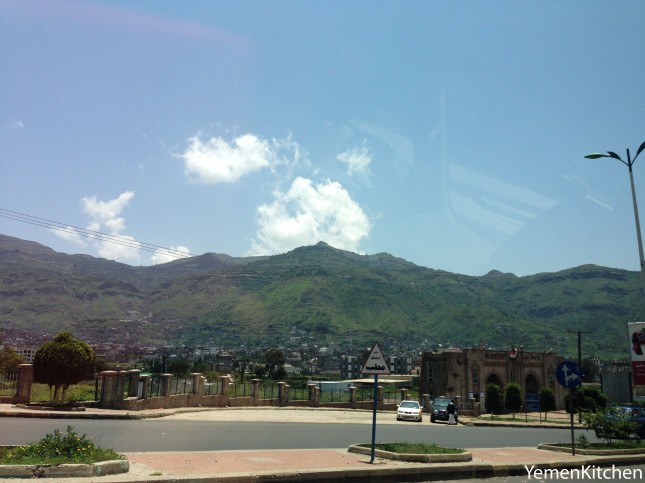
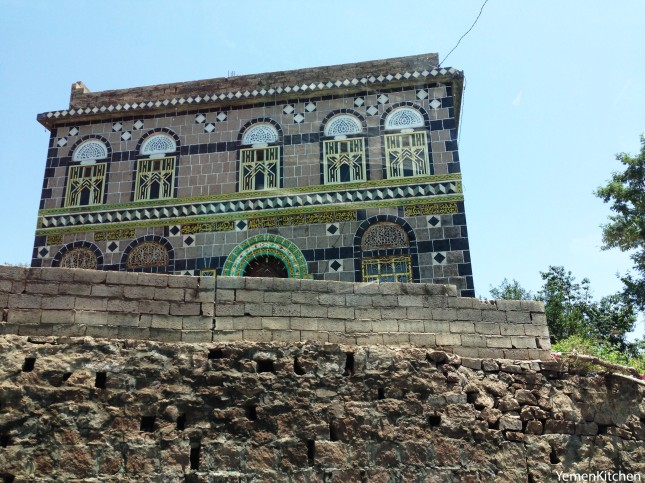
Food in this area is very rich and delicious. Grains, and dairy products are heavily used in the local dishes.Unfortunately, like any place in Yemen. If you want to try an authentic food experience, made to high standards, you have to eat it in a house, not a restaurant. It’s a very different food culture than in the west. Where there is a whole industry behind food cooking and serving.
But that’s why you are here, right? 🙂 To get you some authentic Yemeni recipes, and learn one thing or two about Yemen!
Jibla city
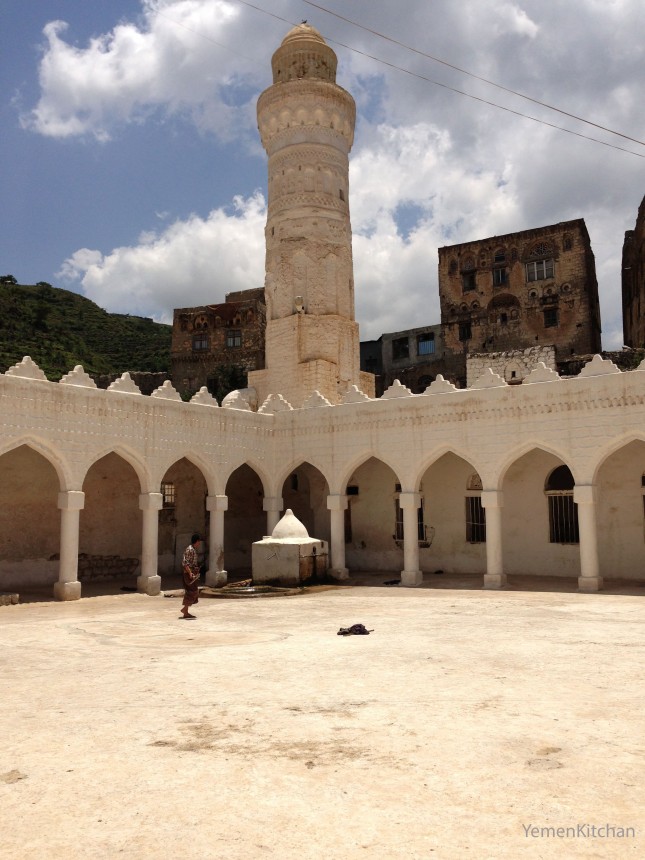
Mosque Courtyard
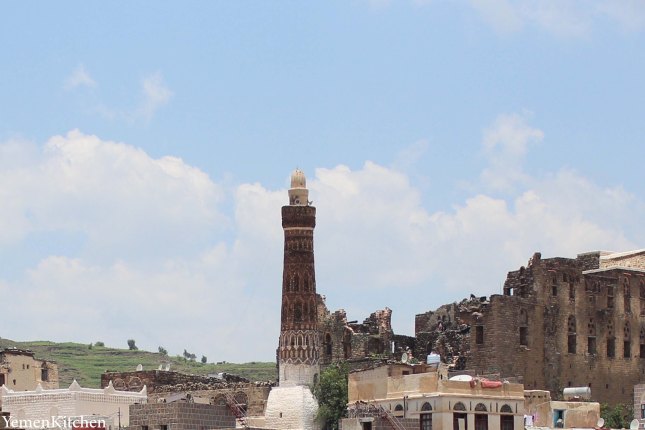
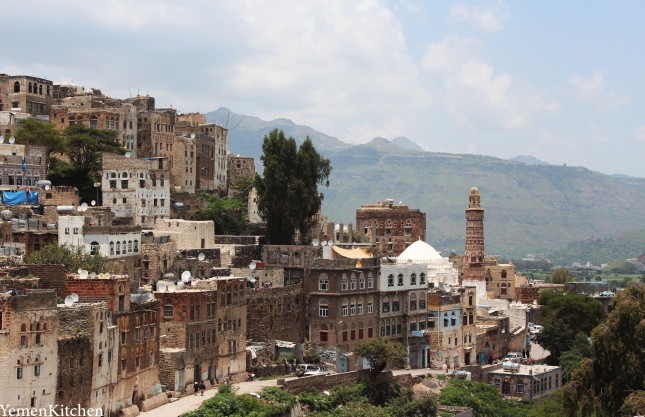
If you ever passed through Ibb, and wanted to explore it more, start with its historical heart, city of Jibla جبلة , where the Tomb of Queen Arwa Al-Sulayhi resides in peace inside her mosque الجامع الكبير.
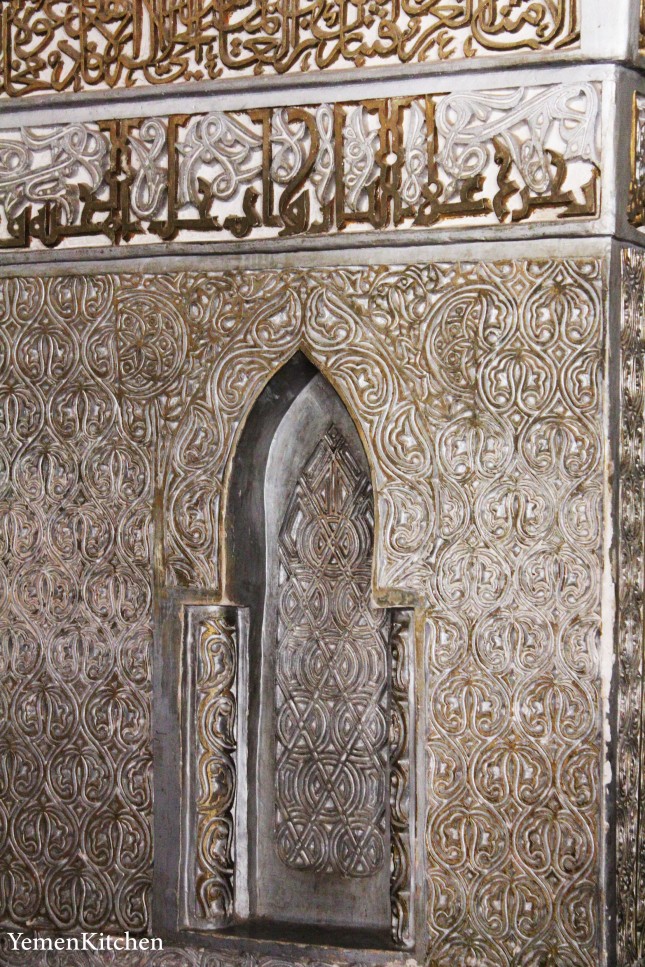
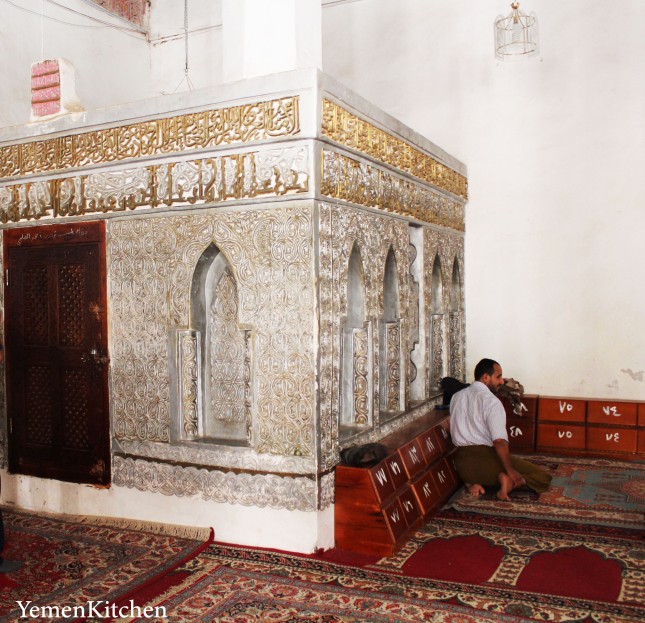
Queen Arwa’s Tomb inside her Mosque in Jibla
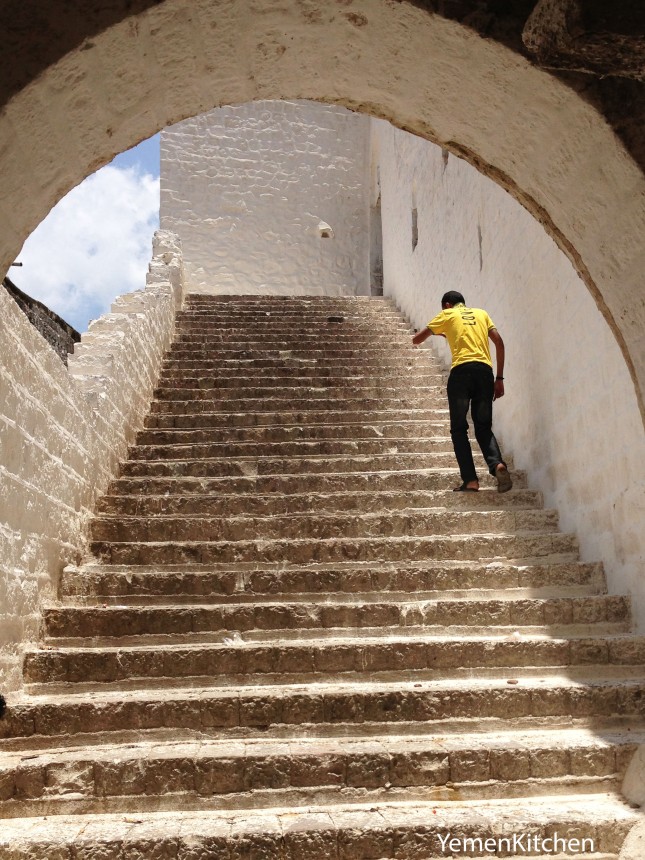
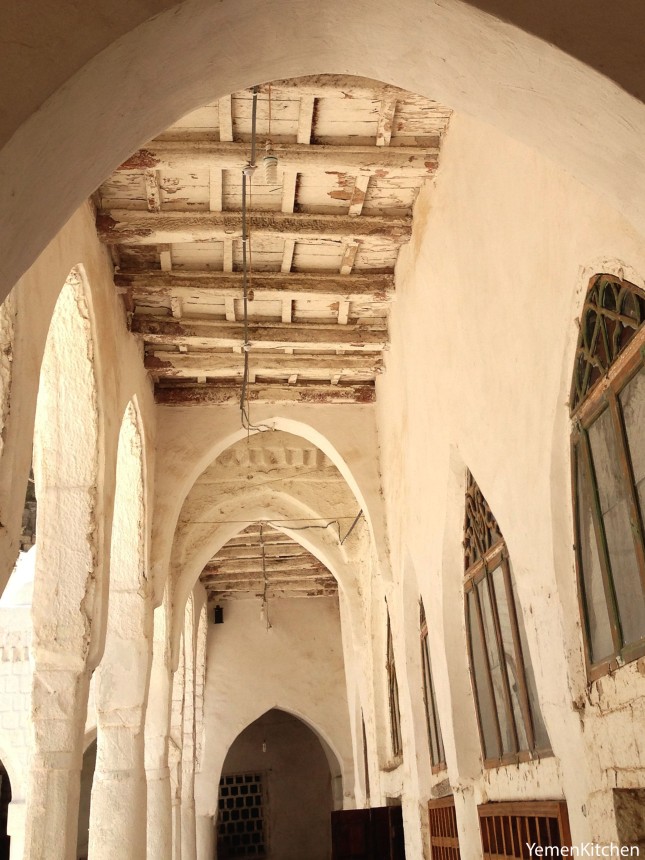
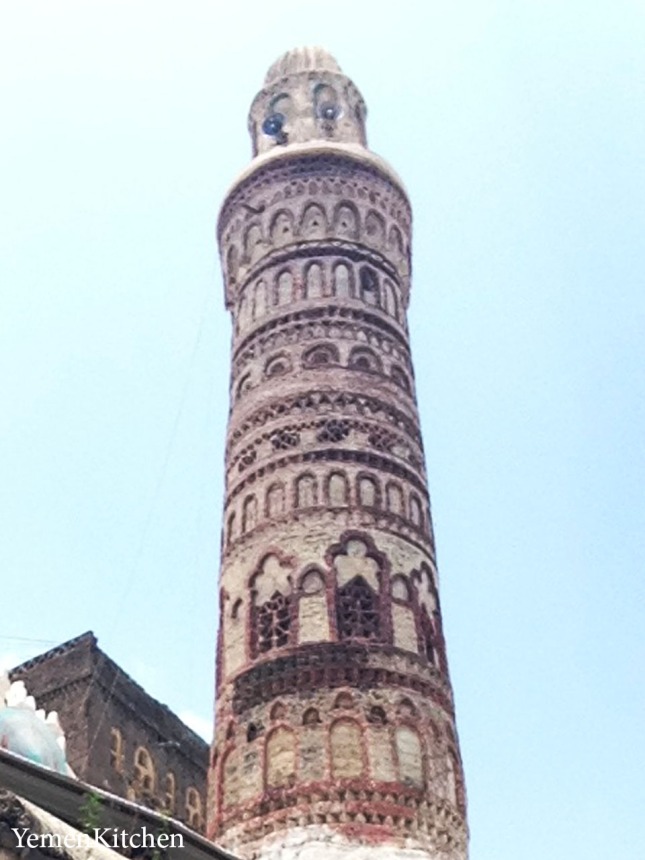
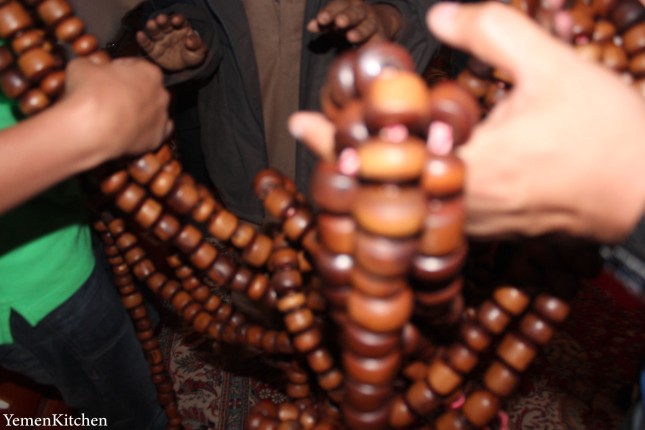
Couldn’t believe my eyes , when the Mosque’s manager opened a box and let us hold with our hand an artifact like this !
Beautiful details in much needed restoration
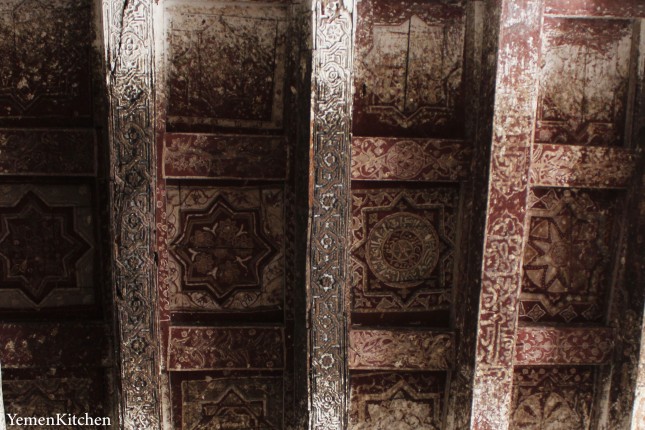
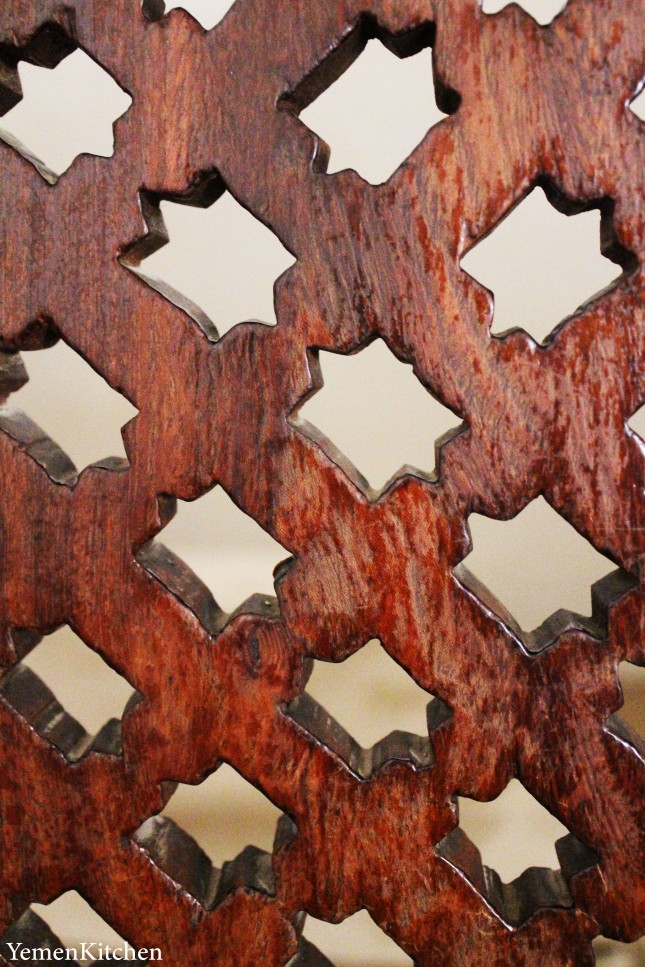
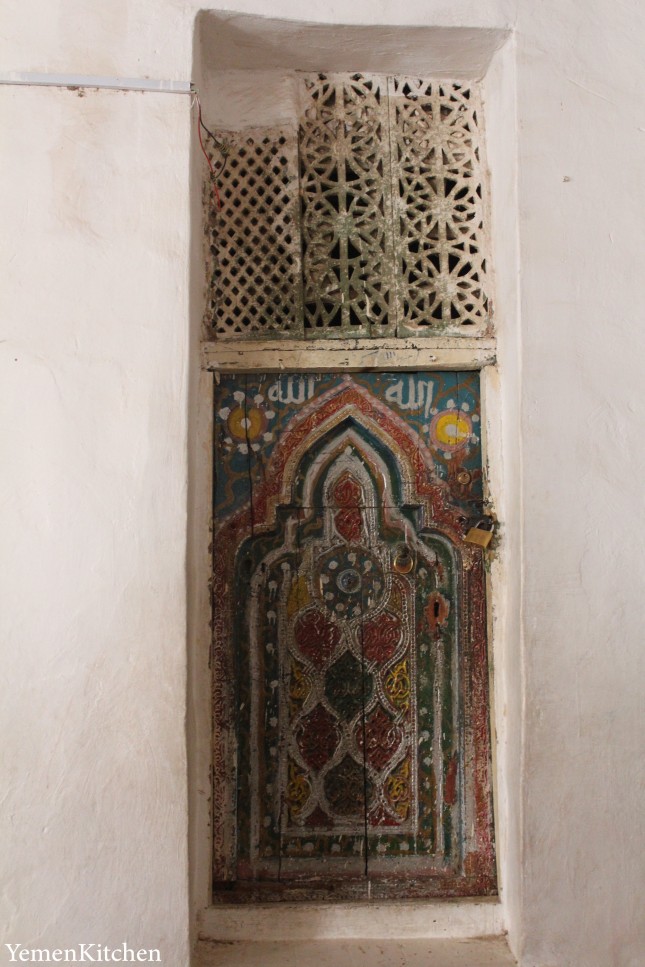
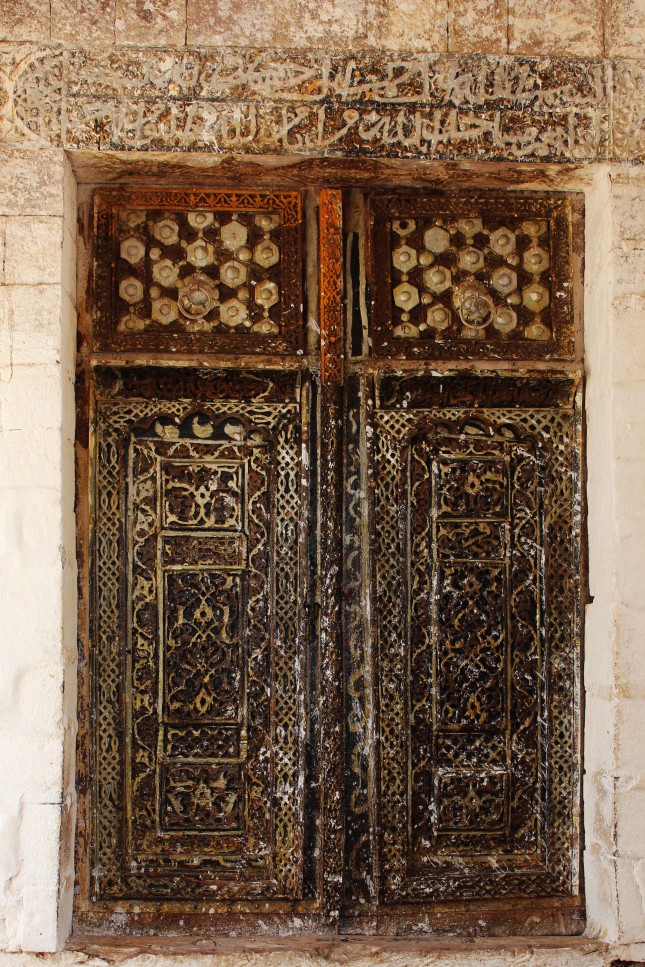
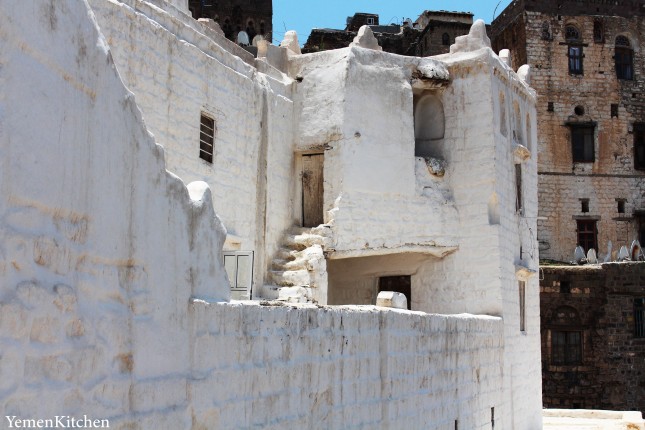
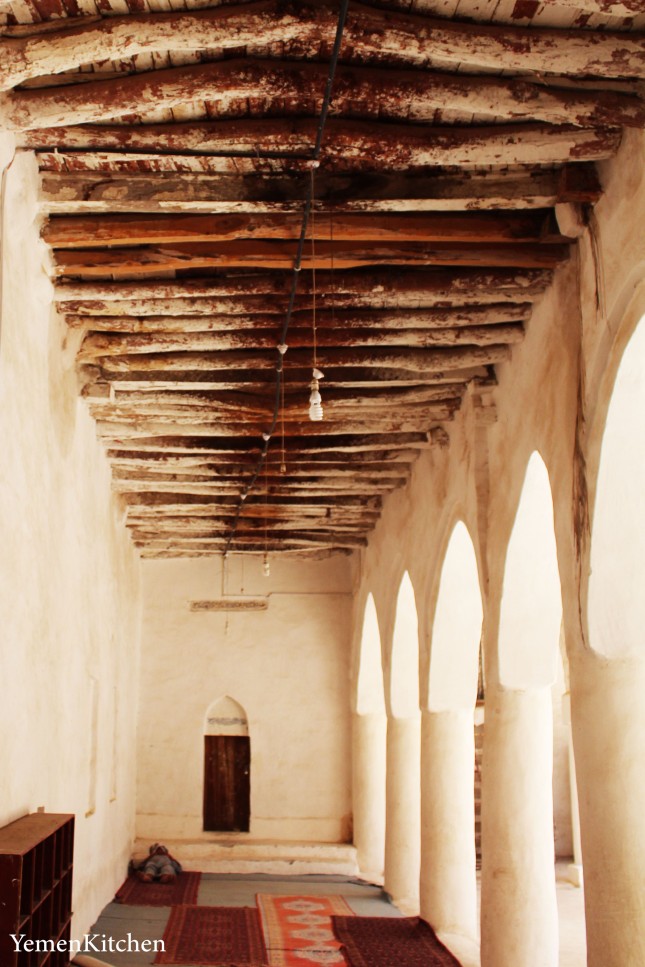
Queen Arwa is a well-respected historical figure for people of Yemen, her religious status as the head of Ismaili minority in Yemen, and the ruler of Al-sulayhid dynasty gave her fame and power that reached up to India, were there is a bigger community of Ismailis living there. Until today, Ismailis from India and all over the world, pay her tomb a pilgrimage in Jibla every single year.
I became a fan of Queen Arwa as a kid listening to all stories and myths around her, her beauty, and how she outsmarted her enemies with her intelligence. Queen Arwa was an orphan little girl from Al-Sulayhi family. She was fortunate to get education at Al-Sulayhi Palace in Sanaa, she learned politics, poetry, and religious studies. She was famous of building schools and mosques. Today women in Ibb are struggling with issues such as lack of education, and early marriages, yet they still maintain great resilience and strength. When you go to the country side, you notice it’s culturally easier to understand than the city. Women are usually seen unveiled with colorful dresses and wearing hats made of straw or light fabric on top of their heads to protect them from sun. They work hard in collecting the crops, bringing water from nearby streams and yet still carve time to cook and bake meals for their families from scratch using their outdoor clay ovens and few simple stone and clay cookware. I remember them always happy and chatty with visitors, coming from Taiz, we were treated as guests. I can’t remember how many times I got invited by random people for a bite of freshly baked bread served with smoked butter milk.
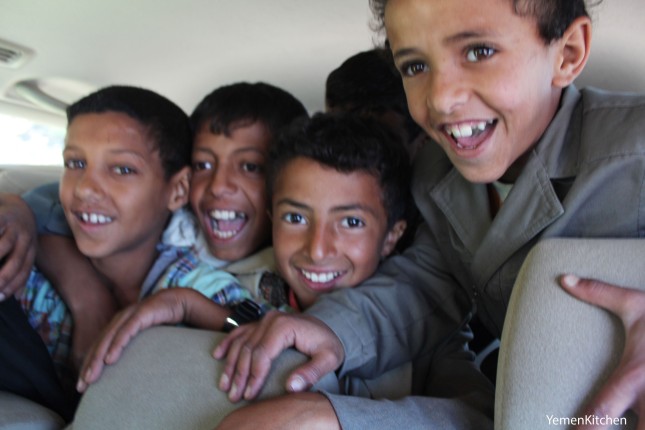
Some Kids that offered to guide us in our way to The-Sufal ذي سفال, a village in IBB. Kids here are witty, funny, and smart. They take responsibilities in working in the field and helping their families, and probably they would make better conversations with adults than city kids. They were so excited that we offered them a ride in our car and that we were using their expertise in the area to help us reach were we wanted to go. They were also very proud while talking about their lives in the village. We were surprised that they asked us for a ride. If anything it means it’s a very safe area, and locals are friendly with strangers.
A popular recipe from this area is the Fateer Bread. Almost every family has its own way of doing this homemade healthy bread. It’s usually done with one or a combination of Corn Flour, Pearl Millet flour, Wheat, lentil flour and White flour. What I noticed some people would like to add boiled potatoes within the dough or White cheese for flavor. The plain recipe is fantastic, so you can imagine how great it will be with the extra additions.
Ingredients:
3-4 Cups of water
1 cup of hot water (boiling temperature -keep the water hot)
1 tbl spoon of cooking oil
Pinch of Salt
3-4 cups of Corn flour (depends on the consistency)
2 tbl spoon of yogurt for glazing
– Sprinkle some corn flour on a wide metal dish ready to go into oven.
-Heat the oven to 400 F.
Preparation:
The first steps are similar to making Yemeni Aseed.
-First Bring the water into boil and add the salt and oil.
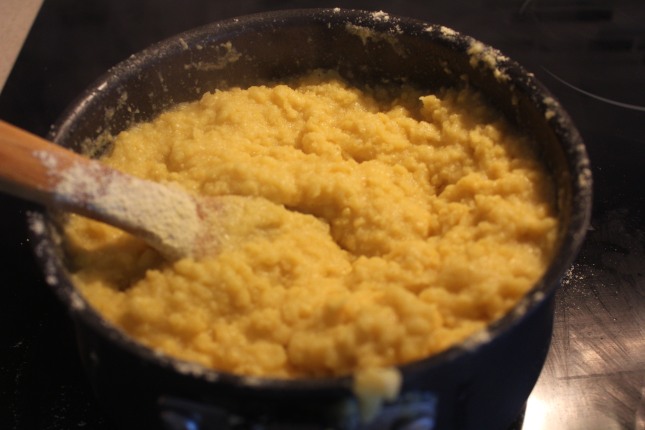
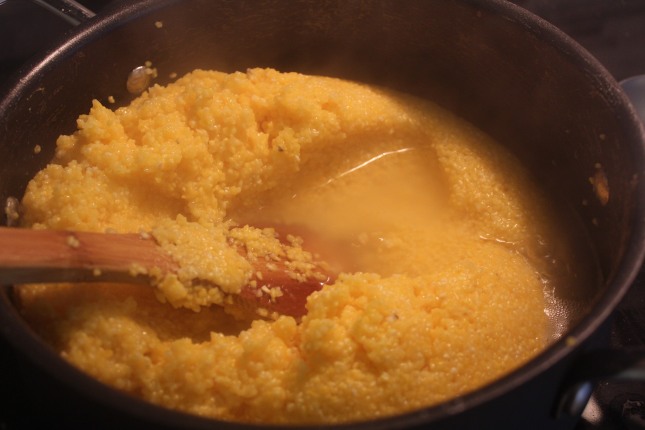
-Quickly, add the flour combination and start whisking with a strong wood spoon until the mixture start getting thicker, make sure there are no lumps!
-After 7-8 minutes of kneading on the stove, the dough will get thicker and stronger, keep moving the spoon, and if it dried up add some hot water to the dough or few drops of oil.
-Cover the mixture and let it boil under low heat for 10-15 minutes, then stir it one last time.
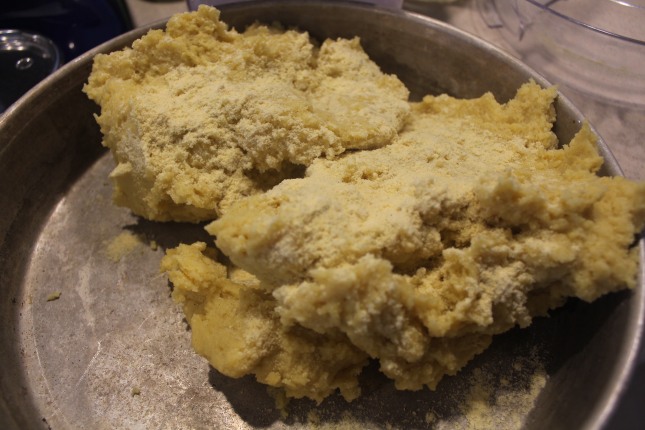
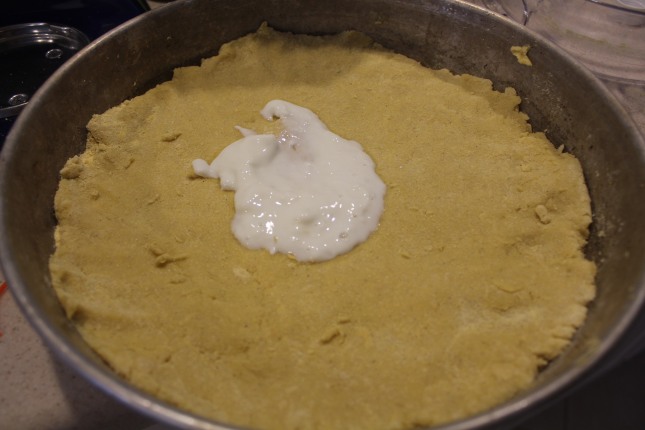
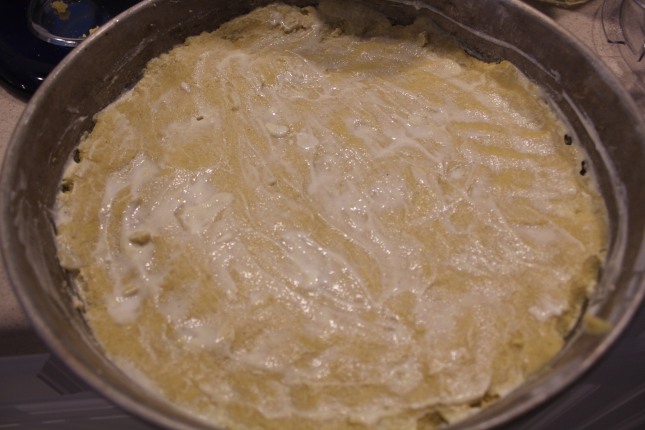
– Remove the mixture from the stove and put it on the dish. It will be very hot, so be careful.
-Quickly put your wood spoon in the hot water and smooth the bread mixture into the dish in circular motion. Make sure all the side of the bread are equal in their thickness. The perfect thickness is around 2 inches.
-Add your favorite garnish, could be potatoes, red pepper, cheese, be creative
-Put the glazing on top (Milk or 1 egg)
-Now your healthy, all made from scratch bread, is ready to go into the oven.
-Wait for an hour, or until the bread is crispy from the edges, and golden brown from top before you get it out.
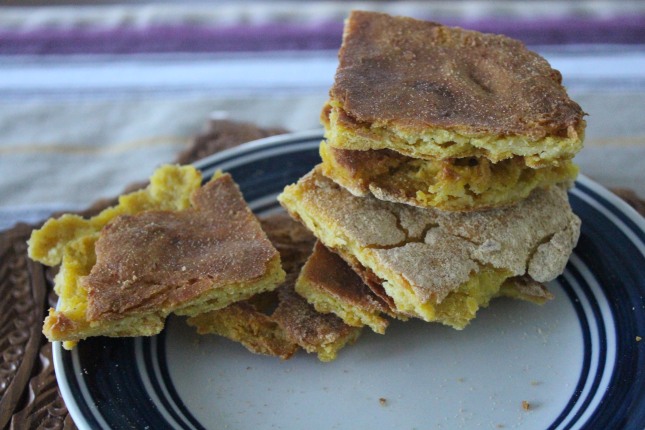
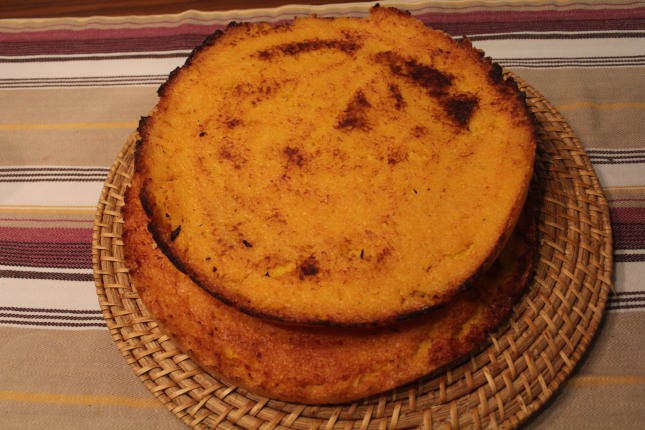
This bread is great with Cheese, hot chili and yogurt, or could be eaten on its own with a cup of tea.
Enjoy!!




